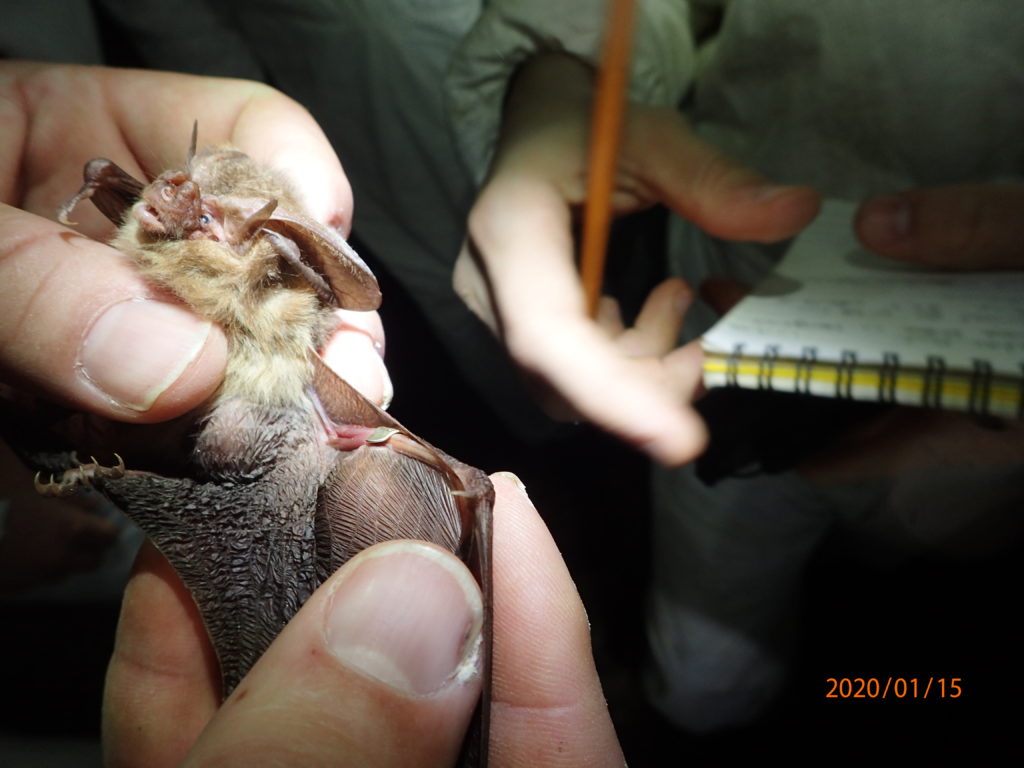In some parts of the nation, it could be raining cats and dogs, others could be snowed under, and the rest could be all sunshine and rainbows. One thing is for sure: they are all weathering the storm.
Many of the ecosystems that live in the bounds of the United States are suffering from their spaces changing because of sudden shifts in temperatures and recent natural disasters. The world’s climate crisis is running like the wind, and it is only getting worse, according to EarthJustice.
According to the National Parks Conservation Association, one million species are currently at risk of extinction, and 60% of wildlife species worldwide are experiencing changes in habitats or life cycles because of the climate change crisis.
John Taylor, land manager and restoration ecologist at Ball State University, says the most worrisome change he has seen because of climate change is the increase in tree diseases.
The emerald ash borer, a green jewel beetle, has taken out ash trees, and there are diseases that are attacking beech trees, oak trees, and walnut trees as well. He is worried forests are not going to look like they used to in the past.
“[Tree diseases], in some way, interrupt the flow of water and the food from the roots to the canopy and back, and that kills the whole tree,” Taylor says.
He has been at Ball State for 22 years, working with his students and colleagues to promote environmental education and sustainability.
Though he says it is hard to evaluate exactly how our environment has changed due to climate change without specific measurements, Taylor has observed that when he was younger, the winters were colder, below freezing temperatures would last longer, and there was more snow.
“I used to have cross-country skis, used to be able to use those,” he says. “But there is no purpose in having those anymore.”
According to the National Park Service (NPS), some national parks, such as Glacier National Park in Montana, are experiencing loss of ice, glaciers, snowpacks, and water due to increased temperatures, increased evaporation and changes in the weather pattern.
Christy Wampler, biologist for the USDA Natural Resources Conservation Service in Kentucky, says that the winters in Kentucky are also not coming as early, and they are not getting as cold as they used to.
She helps with annual bear surveys where they track radio-collared bears in the winter and count their cubs during hibernation.
“We have a little more trouble doing those surveys because the bears are never really going into full hibernation because it’s not really getting that cold,” she says.
Usually the bear is sleeping, they dart the bear, count the cubs, and put radio collars on them, but recently, the mother bears have been walking out of the den when they try to go in.
According to NPS, a larger number of invasive species and an and an increased number of fires in a once fire-free area have the potential to wipe out important ecosystems because of the warming and changes in the weather pattern.

For example, increasing water temperatures and an influx of invasive species will likely lower native game fish populations to the point where fishing will be nearly impossible.
Another aspect about the warming climate, Wampler notes, is the increase in ticks, mosquitos, and other insects, because there are no cold spells in the winters to fully kill everything off.
“I’ll be out working, hiking on a trail, or something like that, to check out a site, and pick up ticks in January, which was not something that used to happen,” she says. “It used to be that they were kind of dormant that time of year.”
Carbon dioxide is released into the atmosphere because of the fossil fuels that are burning for electricity, heat, and transportation, according to NASA. These human activities are a leading force in the global warming trend observed since the mid-20th century.
Taylor says heat pumps are becoming more efficient and are increasingly being promoted because of the tax incentives and credits that come along with it.
“A lot of the energy we use comes from coal, [which] comes from natural gas, and if we can be efficient in how to use that, we get more out of each of those. That’s a benefit,” he says. “So, heat pumps ease electricity, and they’re able to heat and cool a home both much more efficiently than previous generations of heat pumps and even more efficiently than gas.”
Wampler also says there are many ways humans affect climate change, but she wants to remind people that humans aren’t separated from the ecosystem.
“It’s not us versus them,” she says. “We are part of the ecosystem … I don’t want to villainize the fact that people need homes and people need to grow crops. We need those things. There are a lot of things we’ve learned over the years how to do better.”
Sources: EarthJustice, National Parks Conservation Association, National Parks Service




